Search Results for 'biographer'
13 results found.
Colourful Gogarty escapes death by a whisker
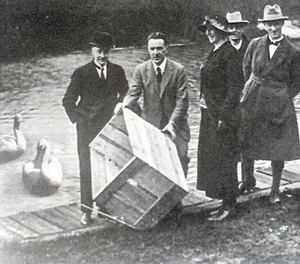
A precocious and cleverly witty Trinity student in a yellow waistcoat, Oliver St John Gogarty, was to become a close friend of Sinn Féin's founder Arthur Griffith. At its first historic meeting, November 28 1905, Gogarty proclaimed against the 'tyranny of the British government', in the grand manner of a Cicero addressing the Roman senate. But so moving and compelling were his words that when Griffith reported the meeting in his newspaper The United Irishman, Gogarty's speech was the only one he quoted. And he did so at length.
The remarkable Mrs Roosevelt
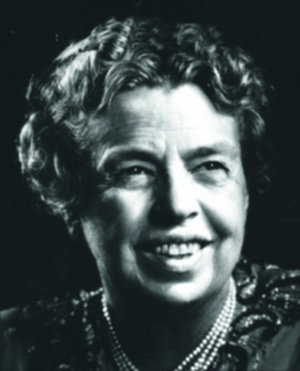
THE REMARKABLE life and times of Eleanor Roosevelt, wife of US president Franklin Delano Roosevelt, and a tireless political campaigner in her own right, is vividly portrayed in Mrs Roosevelt Flies To London which comes to the Town Hall Theatre on Tuesday May 6.
The lonely boy who landed on our shore
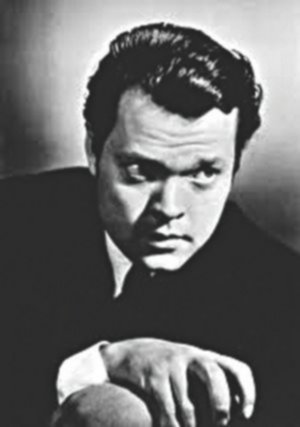
It is possible that when the 16 years-old Orson Welles embarked from the SS Baltic in Galway Bay in August 1931, he visited the Taibhdhearc theatre. In any event, he struck up a friendship with a Galway actor. Two months later he visited the Gate Theatre in Dublin, and went backstage to see his friend. Clearly impressed by what he saw, he left a note for its founding partners, Mícheál MacLiammóir and Hilton Edwards, boldly proclaiming ‘Orson Welles, star of the New York Theatre Guild, would consider appearing in one of your productions, and hopes you will see him for an appointment.’
MacLiammóir’s magic captivates an innocent Galway

Geraldine Neeson, whose family kept theatre people when they visited Cork, described Mícheál MacLiammóir ‘as beautiful as a young god’, and his companion Hilton Edwards as a man endowed ‘with exuberant spirit and all-embracing gestures,’ diplomatically hinting that perhaps he was somewhat less prepossessing.
An Taibhdhearc - becomes ‘pathway to success’

For three years after the opening of the Gate Theatre in Dublin Mícheál MacLiammóir continued to work for An Taibhdhearc. He travelled to Galway as often as three times a week. Despite the Gate's rave reviews for its first play Peer Gynt, for which Mícheál designed its 'symbolic' scenery, money was slow to come in. Mícheál needed the salary that An Taibhdhearc offered. The Minister for Finance, Ernest Blythe (who was soon to take over the running of the Abbey Theatre), and who had taken such interest in the fledgling Galway project, urged its directors to offer MacLiammóir full-time employment. But MacLiammóir felt that his destiny was in Dublin. The Gate opened later in 1928, the same year as An Taibhdhearc, offering Dublin audiences the best of European and American theatre, and rapidly becoming a venue for a new wave of talented Irish writers.
Coole lady

COOLE LADY, a play which reveals the character and feelings of Lady Augusta Gregory, comes to County Galway next week for performances in Loughrea and Gort, on May 18 and 19.
Blake’s Castle
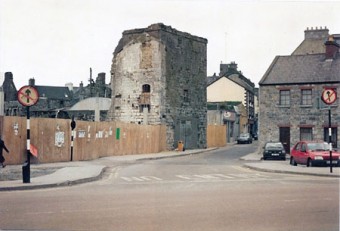
An old Galwegian gave us this interesting study of the bottom of Quay Street, and of Blake’s Castle in particular. Blake’s Cattle was one of a number featured on the 1651 map of Galway. It had at one time belonged to the O’Halloran sept, but then the Anglo-Norman Blake family took it over. It was forfeited by them in 1641 and was granted to a family named Morgan from Monksfield.
Humanity Dick’s last battle
Humanity Dick Martin’s daughter, Harriet Letitia, wasn’t the only one to write about her father’s victory at the notorious Galway election of 1826. It was such a blatant hijack of votes, a total fraud, and swindle, that it outraged the investigating committee from the House of Commons some months later. But Martin was desperate. Despite his enormous estates, consisting of 196,540 acres, virtually the entire territory of Connemara stretching westwards from Galway, he was deeply in debt. He was a useless landlord in the sense that his collection of rents was haphazard and irregular. He had a generous heart. He did not press his tenants for money.
‘Fighting FitzGerald’ tests Martin’s humanity
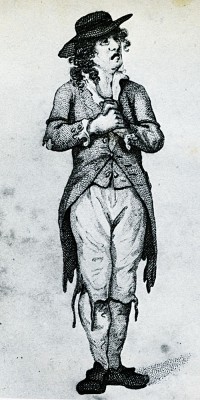
In 1835 Harriet Letitia Martin, the daughter of the famous ‘Humanity’ Dick Martin of Ballinahinch castle, Connemara, wrote a book, Canvassing (published by Saunders & Otley, London), which, I imagine, was avidly read in Galway*. It told the story of the last time her father stood for parliament in 1826. He was successful, but a subsequent parliamentary investigation showed that fraud, trickery, bullying, intimidation, and misrepresentation on a vast scale had taken place. His tenants came into Galway from all over Connemara in a variety of disguises and voted repeatedly. He was dismissed from parliament, and consequently faced the wrath of his many creditors. As a member of parliament he enjoyed immunity from prosecution. Now he was thrown to the wolves.....
Short story competition
RTÉ Radio 1 is inviting budding authors to enter the RTÉ Radio 1 Short Story Competition.

